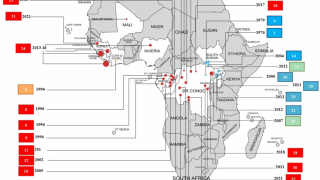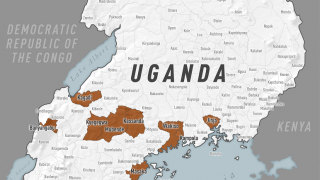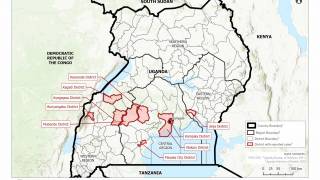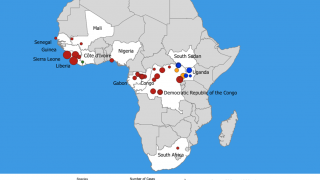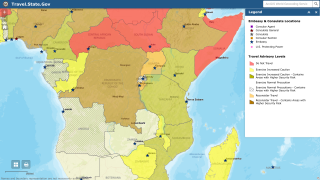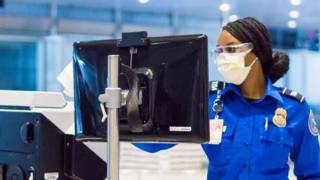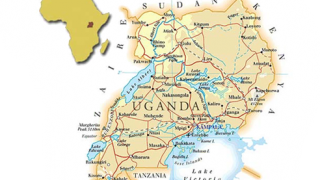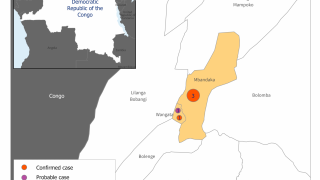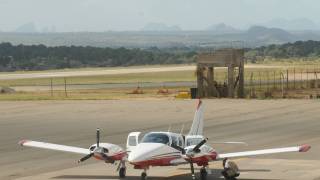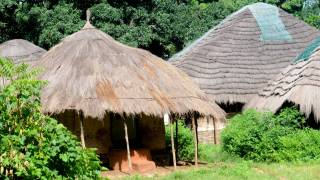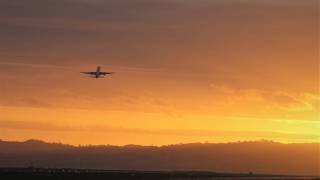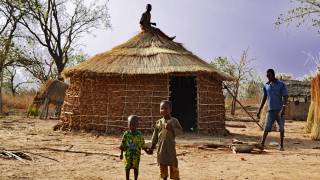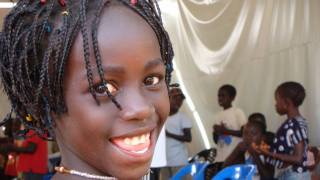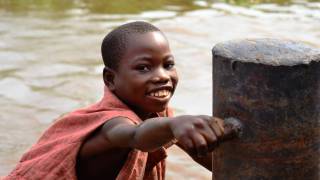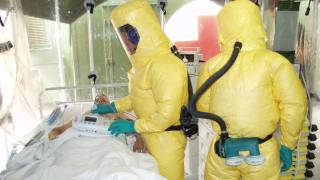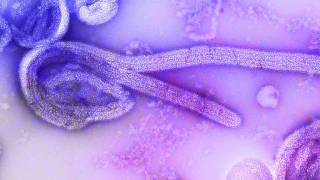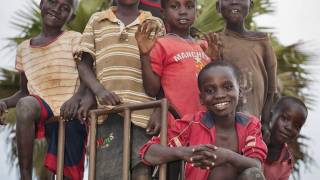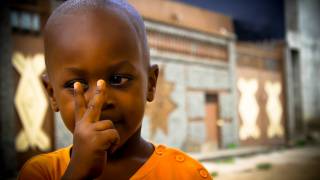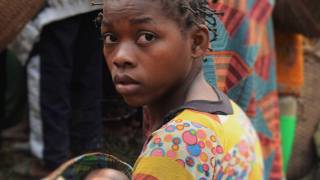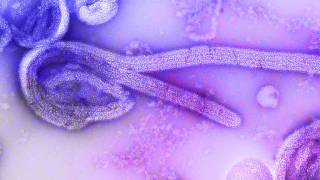USA Funding Reaches $136 Million Dollars to Combat Ebola Virus

The U.S. Agency for International Development (USAID) announced it is providing more than $38 million in additional assistance to help end the ongoing Ebola outbreak in the Democratic Republic of Congo (DRC).
These new funds increase the total USAID financial response to more than $136 million since the beginning of the Ebola Zaire virus outbreak in the DRC during August 2018.
Furthermore, the $38 million in new funds are in addition to contributions from other U.S. Departments and Agencies and the U.S. private sector.
The USA is the largest single country donor to this Ebola response and remains committed to helping the people affected by this outbreak.
The USA said in this press release that it ‘is providing life-saving assistance, through on-the-ground partners, including activities to prevent and control infections in health facilities, enhanced surveillance for the disease, training for health care workers, community-engagement efforts, the promotion of safe and dignified burials, and food, to support people and communities affected by Ebola.’
‘In addition, the USA is funding critical preparedness efforts in the neighboring countries of Burundi, Rwanda, South Sudan, and Uganda’ said USAID.
The current Ebola outbreak in the DRC is the second-largest ever recorded, with 2,592 confirmed and probable cases and at least 1,743 related deaths as of July 22, 2019.
A robust, unified response by the Government of the DRC, the United Nations, other neighboring countries, the United States, and the international community in partnership with local communities is critical to stopping the spread of the disease, said this USAID statement.
Ebola vaccine news
- Which Ebola Vaccines Are Available in the USA?
- Uncontrolled Ebola Outbreak Approaches 1st Anniversary
- 50% of Ebola ‘Spillover’ Outbreaks Remain Undetected
- No Travel Restrictions for Africa’s Ebola Outbreak
- 3 Additional Ebola Treatments Approved for Uganda
- Unlike Uganda, Houston Has Prepared For Ebola’s Arrival
The Ebola Virus Disease (EVD) is a rare and deadly disease most commonly affecting people and nonhuman primates. It is caused by an infection with a group of viruses within the genus Ebolavirus, such as Zaire ebolavirus.
According to the CDC, scientists believe the virus is animal-borne, with bats being the most likely source. The bats carrying the virus can transmit it to humans.
And, the Ebola virus spreads to people through direct contact with bodily fluids of a person who is sick with or has died from EVD. This can occur when a person touches the infected body fluids (or objects that are contaminated with them), and the virus gets in through broken skin or mucous membranes in the eyes, nose, or mouth.
The virus can also spread to people through direct contact with the blood, body fluids and tissues of infected fruit bats or primates. People can get the virus through sexual contact as well.
As of July 19, 2019, over 164,000 individuals in Africa had been vaccinated with the Merck’s v920 (rVSVΔG-ZEBOV-GP) Ebola vaccine.
The v920 (rVSVΔG-ZEBOV-GP) experimental vaccine was initially found to be highly protective against the Ebola Zaire virus in a clinical trial conducted in Guinea during 2015.
As of July 18, 2019, the US Centers for Disease Control and Prevention (CDC) continues to say ‘there is no vaccine licensed by the U.S. Food and Drug Administration (FDA) to protect people from the Ebola virus.’
Additionally, to alert international travelers intending to visit the DRC, the CDC expanded its Level 2 Travel Alert regarding the Ebola Zaire outbreak.
Furthermore, the US State Department updated its Level 3 Travel Advisory on April 9, 2019, saying to Americans 'Do not travel to the eastern DRC and the Kasai provinces.'
Our Trust Standards: Medical Advisory Committee

